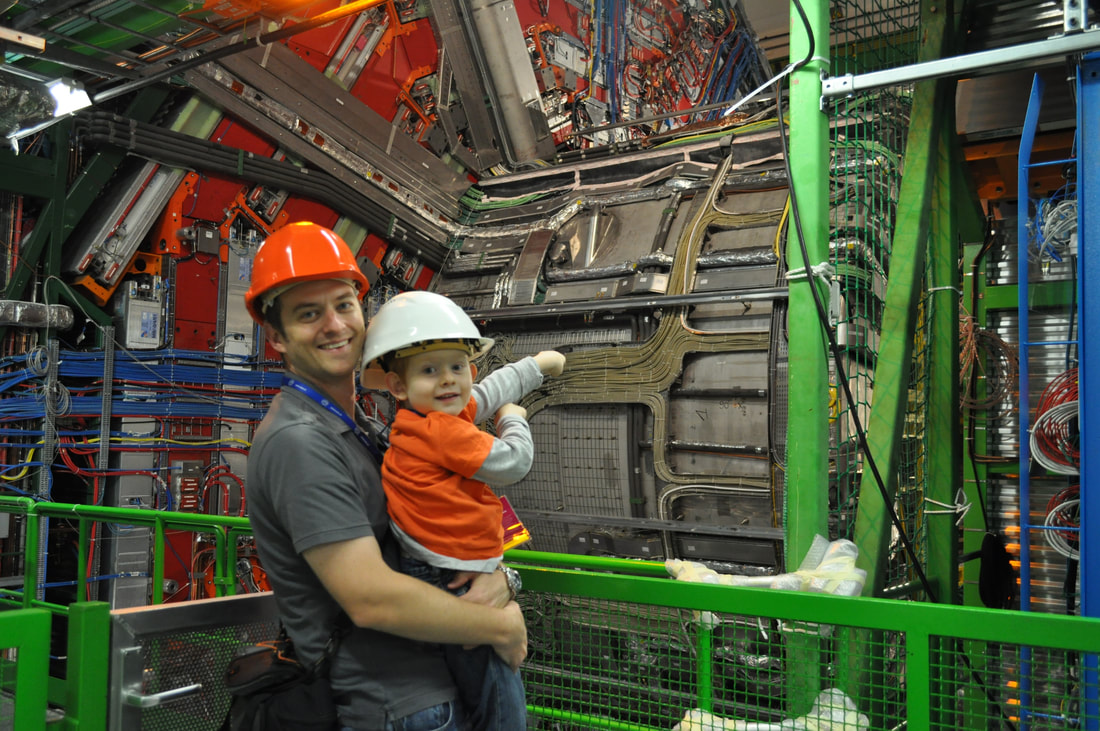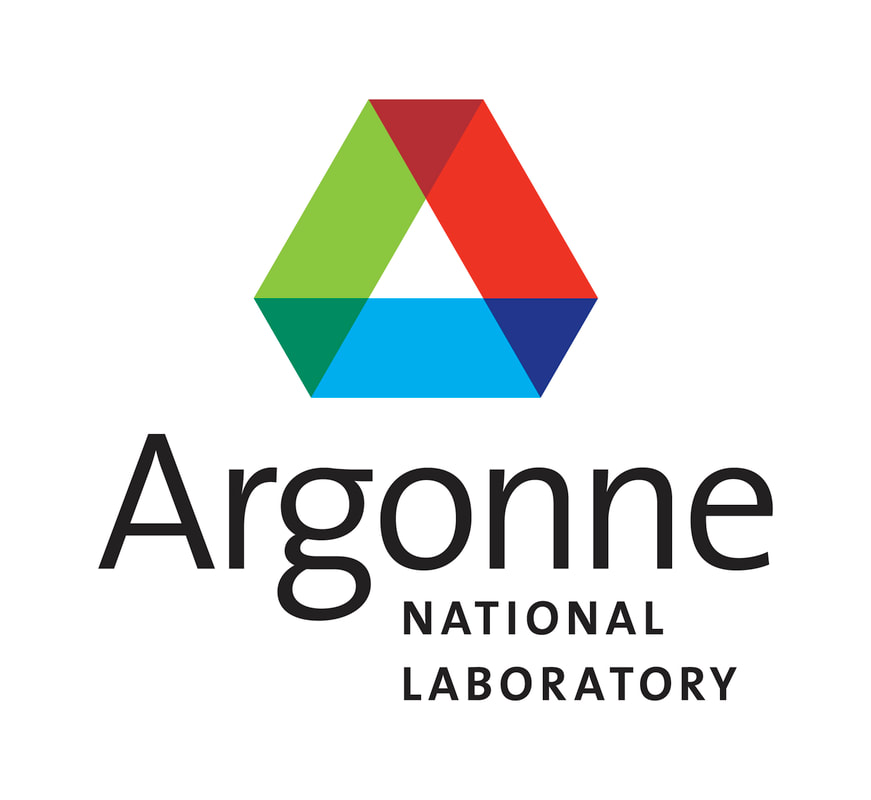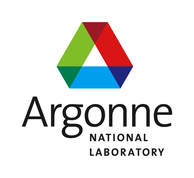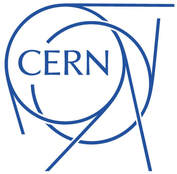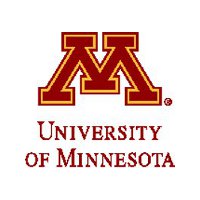J. Taylor Childers |
Argonne National Laboratory (2018 - present) |
Computer Scientist |
|
Argonne National Laboratory (2013 - 2017) |
Assistant Physicist |
|
CERN (2011-2013) |
Fellow |
|
Universität Heidelberg (2007-2011) |
Post-doctoral Researcher |
|
University of Minnesota (2002-2007) |
Graduate Research Assistant |
|
University of Kentucky (1998-2002) |
Undergraduate Research Assistant |
|
